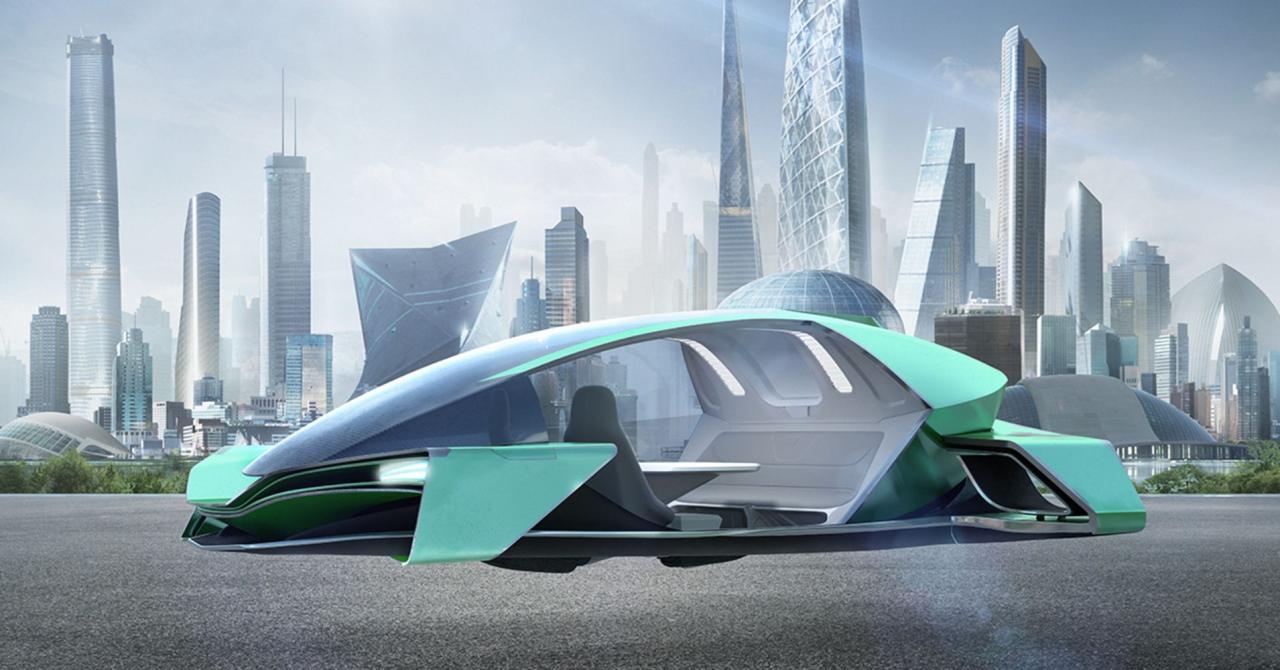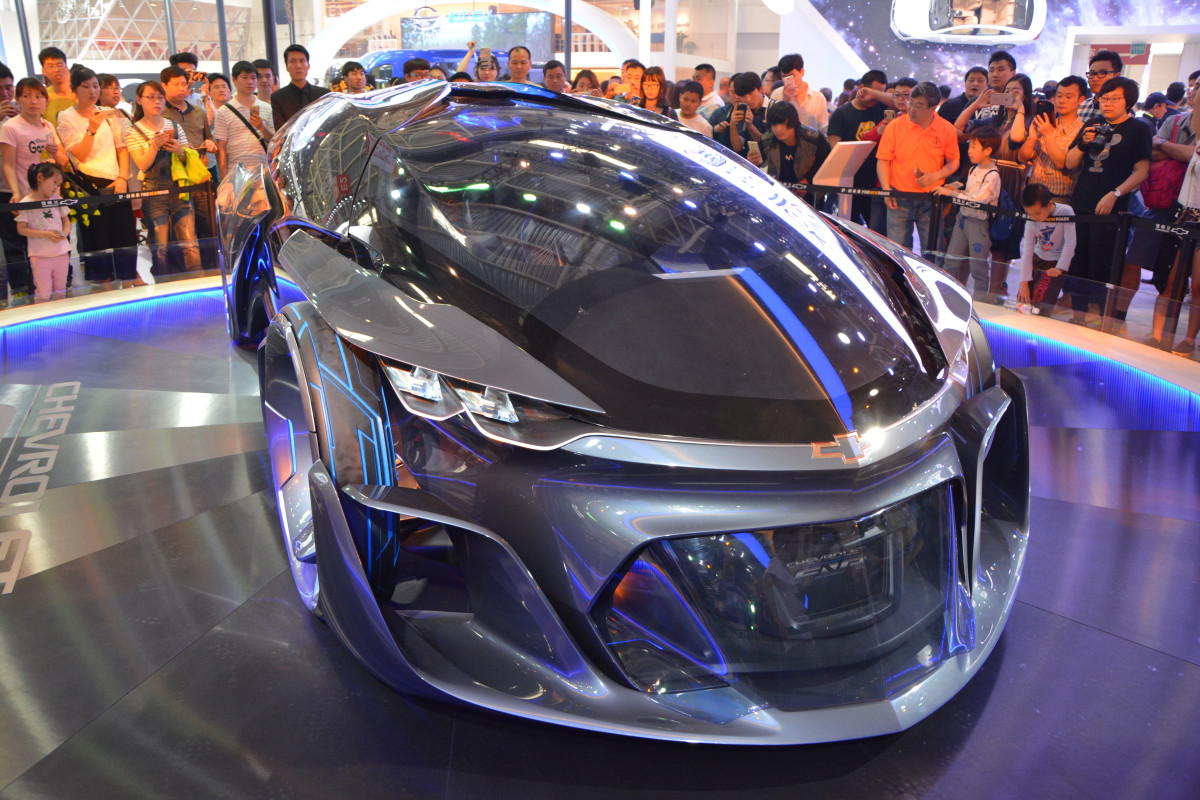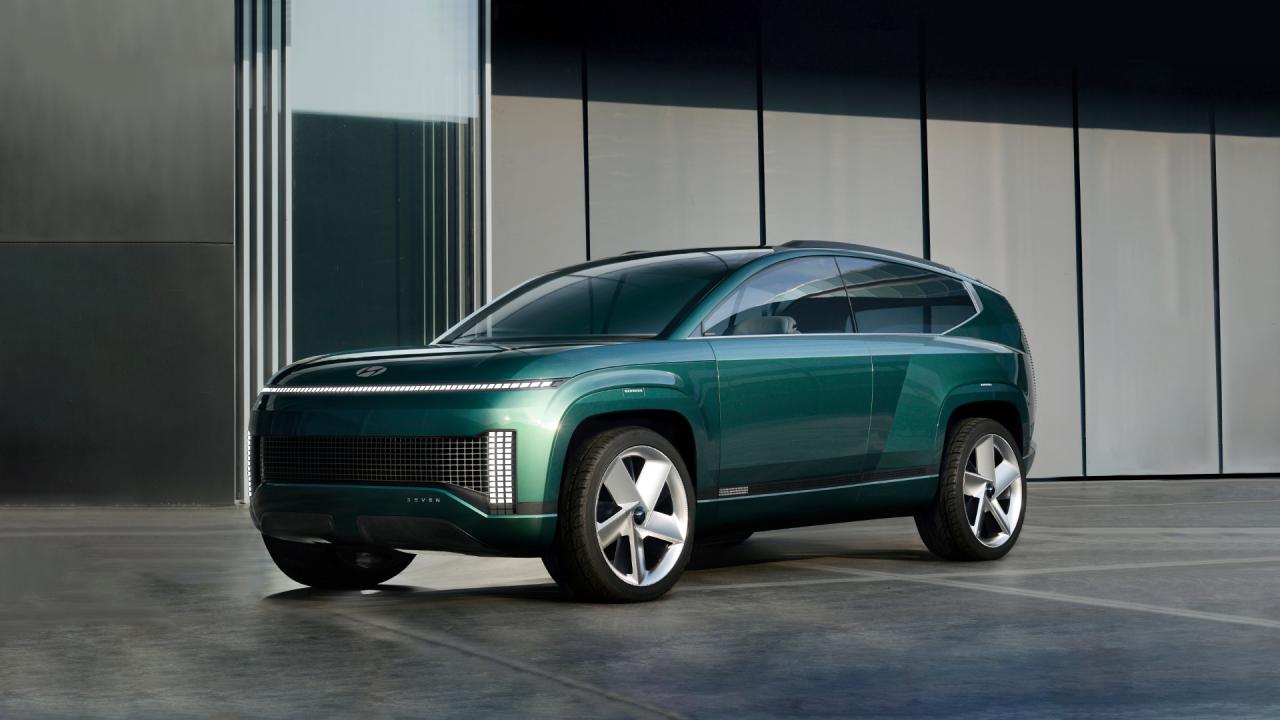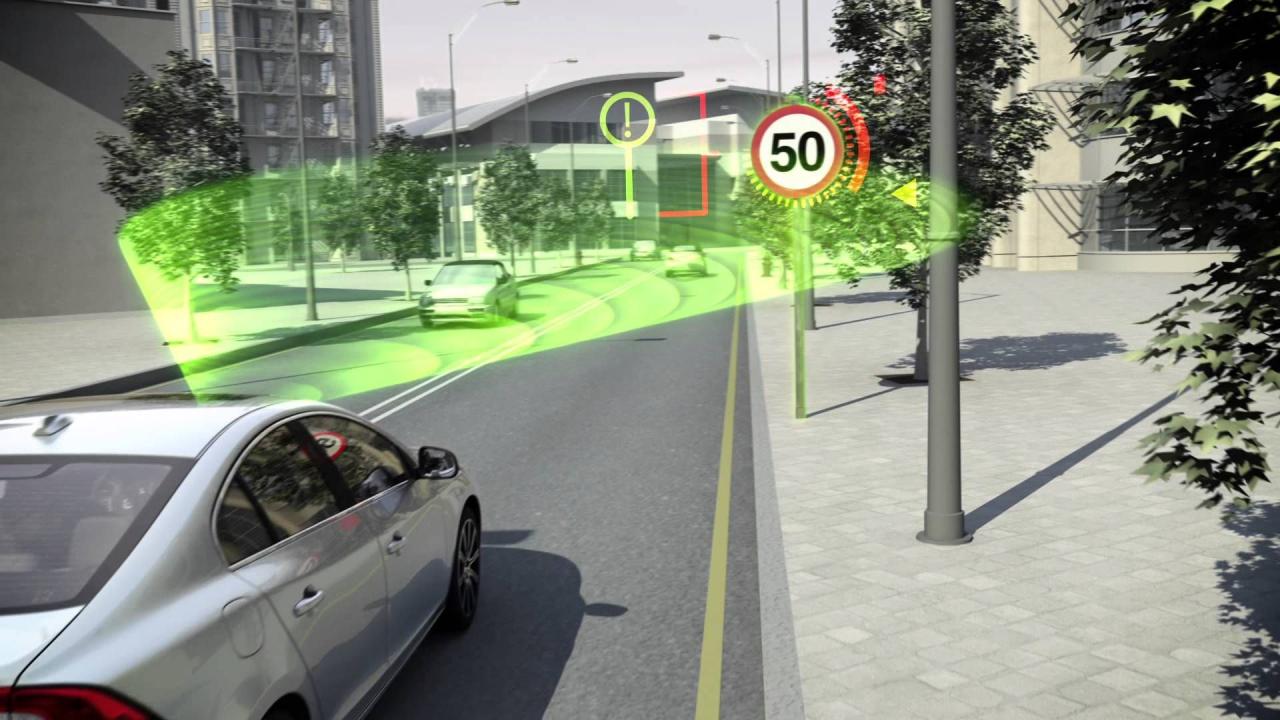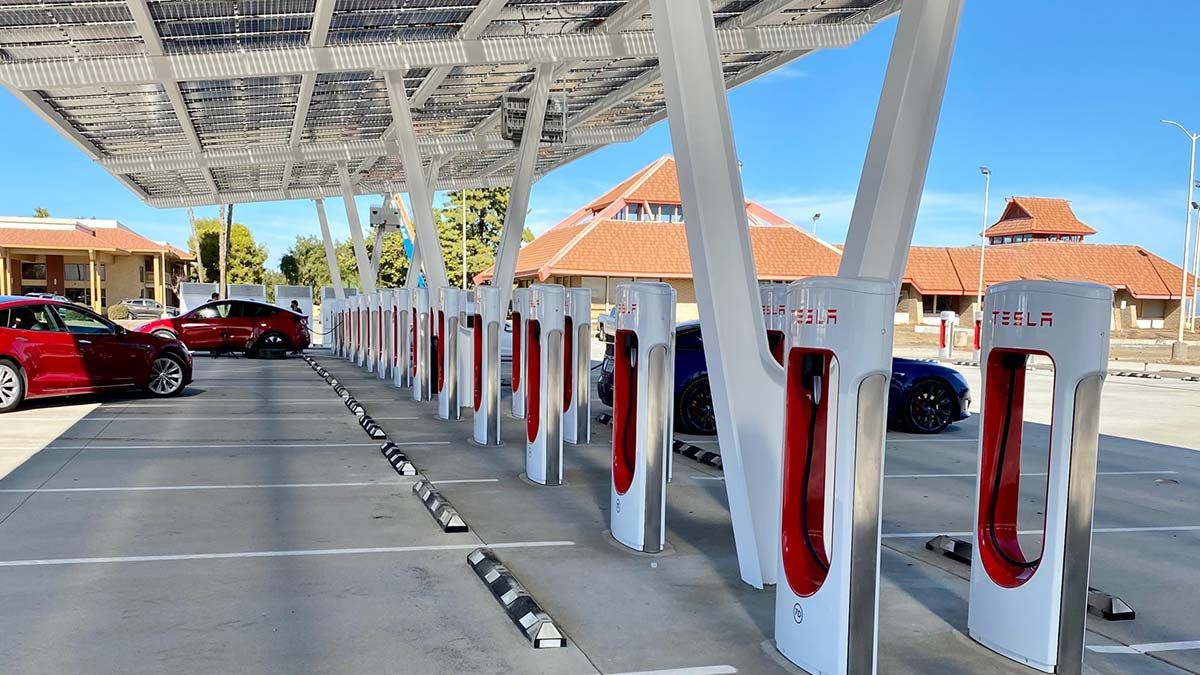The Sky’s the Limit: Urban Air Mobility Emerges
For decades, the concept of flying cars has captivated the human imagination, a staple of science fiction narratives depicting futuristic metropolises where personal vehicles effortlessly glide through the skies. What was once a distant dream, confined to animated series and blockbuster films, is now rapidly progressing from audacious concept to tangible engineering prototype. The question is no longer if but when flying cars become a reality, transforming how we perceive and experience urban transportation. This isn’t about traditional aircraft taking off from runways; it’s about the dawn of Urban Air Mobility (UAM), a revolutionary ecosystem poised to redefine personal transport, emergency services, and even cargo delivery within our cities.
From Sci-Fi Dream to Engineering Challenge: A Historical Pursuit
The allure of a personal flying vehicle dates back to the very dawn of aviation. Visionaries in the early 20th century, like Glenn Curtiss with his “Autoplane” in 1917, attempted to combine the functionality of a car and an aircraft. Throughout the mid-20th century, numerous prototypes emerged, from the Convair Model 118 in the 1940s to the Aerocar in the 1950s. These early attempts often faced insurmountable challenges related to complexity, safety, cost, and the fundamental limitations of available technology. They were typically road-legal aircraft or highly modified cars with detachable wings, requiring runways and pilot licenses – far from the seamless, on-demand aerial transport envisioned today.
However, the late 20th and early 21st centuries brought about a confluence of technological advancements that reignited serious interest in flying cars. Miniaturization of powerful electric motors, breakthroughs in battery technology, the proliferation of lightweight composite materials, and the exponential growth in computing power for advanced flight control systems laid the groundwork. Crucially, the development of Electric Vertical Take-Off and Landing (eVTOL) aircraft emerged as a game-changer. Unlike traditional aircraft, eVTOLs can take off and land without runways, akin to helicopters, but with the added benefits of electric propulsion: reduced noise, zero emissions, and potentially lower operating costs. This innovation truly opened the door for urban integration, moving the concept of a “flying car” from a niche aviation pursuit to a potential mass-market mobility solution.
The Anatomy of Tomorrow’s Flying Vehicle: eVTOL Technology
The modern “flying car” is less about a car that flies and more about an advanced, electric vertical take-off and landing aircraft designed for urban environments. Understanding its core technological pillars is crucial to grasp its potential.
A. Electric Propulsion Systems: The Quiet Revolution. i. Distributed Electric Propulsion (DEP): This is a defining characteristic of most eVTOL designs. Instead of large, single engines like helicopters or planes, eVTOLs use multiple smaller electric motors distributed across the airframe, often driving individual propellers or ducted fans. This provides several advantages: * Redundancy: If one motor fails, the others can compensate, significantly enhancing safety. * Noise Reduction: Smaller electric motors are inherently quieter than combustion engines, and the distributed nature allows for acoustic optimization, critical for urban operations. * Precise Control: Individual motor control allows for highly precise thrust vectoring, enabling stable vertical take-off and landing, and efficient forward flight transitions. ii. High Power-to-Weight Electric Motors: Advancements in electric motor technology have led to incredibly compact and powerful motors that can generate significant thrust while being lightweight. These motors are far more efficient than their combustion counterparts, converting a higher percentage of electrical energy into mechanical work. iii. Battery Technology and Power Management: The Achilles’ heel of early eVTOL concepts was battery energy density. While still a challenge, significant progress in lithium-ion battery technology (and future solid-state batteries) is making eVTOLs viable. Crucial elements include: * Energy Density: Maximizing the amount of energy stored per unit of weight is paramount for range and payload. * Power Density: The ability to rapidly discharge power for take-off and climb is equally important. * Thermal Management: Managing the heat generated by powerful batteries and motors during high-demand operations is critical for safety and longevity. * Fast Charging: Rapid turnaround times for charging will be essential for efficient commercial operations.
B. Advanced Aerodynamics and Structural Design: i. Lightweight Composite Materials: To maximize payload and range, eVTOLs make extensive use of advanced lightweight materials like carbon fiber composites, fiberglass, and specialized alloys, borrowed from aerospace and Formula 1. These materials offer exceptional strength-to-weight ratios. ii. Innovative Airframe Configurations: Designs vary widely, including: * Multi-copters: Similar to large drones, with multiple fixed propellers that provide both lift and thrust. * Lift + Cruise: Designs that use dedicated propellers or rotors for vertical lift and separate wings/propellers for efficient horizontal cruise flight. * Tilt-rotor/Tilt-wing: Configurations where the propellers/rotors or entire wings can tilt to transition between vertical and horizontal flight. iii. Optimized for Urban Flight: Airframes are designed to be compact enough to operate in urban environments, minimize downwash (the air pushed downwards by propellers), and be aesthetically acceptable for cityscapes.
C. Autonomous Flight Control and Navigation: i. Fly-by-Wire/Fly-by-Light Systems: Modern eVTOLs rely on sophisticated electronic flight control systems where human inputs are translated by computers, which then actuate control surfaces or motor thrust. This system can even correct for turbulence automatically. ii. Sensor Fusion: A suite of sensors provides real-time data on the aircraft’s position, attitude, and surroundings. This includes GPS, inertial measurement units (IMUs), radar, lidar, and cameras. Data from these disparate sources is fused to create a comprehensive picture of the environment. iii. Advanced Flight Management Systems (FMS): These systems manage the entire flight profile, from automated take-off and landing to navigation along predefined air corridors. They are programmed with extensive maps, weather data, and air traffic information. iv. Artificial Intelligence and Machine Learning: AI algorithms are increasingly used for anomaly detection, predictive maintenance, and optimizing flight paths for efficiency and safety. While initial UAM operations may involve pilots, the long-term vision includes highly autonomous or fully autonomous operations.
D. Noise Abatement Technologies: i. Propeller Design: Propeller blades are specifically designed and optimized to minimize noise during operation, often featuring slower tip speeds or unique blade geometries. ii. Acoustic Shielding: Airframe design may incorporate elements to shield noise from reaching the ground. iii. Operational Procedures: Flight paths and altitudes can be optimized to reduce noise impact on residential areas. This is crucial for public acceptance.
The Promise of Urban Air Mobility: Transforming City Life
The potential benefits of integrating flying cars and eVTOLs into urban environments are transformative, promising to alleviate many of the chronic issues plaguing modern cities.
A. Alleviating Urban Congestion: This is perhaps the most immediate and significant benefit. By moving a portion of traffic into the third dimension (the sky), UAM can bypass ground-level gridlock. Imagine significantly reduced travel times for commuters, emergency services, and cargo, offering an alternative to bumper-to-bumper traffic in megacities like Jakarta, New York, or London.
B. Reduced Commute Times: Travel times that currently take hours by car could be reduced to minutes by air. A 60-mile commute that typically takes 90 minutes on a congested highway might be completed in 15-20 minutes by eVTOL, dramatically improving quality of life and productivity for urban populations.
C. Enhanced Emergency Services and Disaster Relief: i. Rapid Response: eVTOLs can provide invaluable support for emergency medical services (EMS), enabling faster transport of patients to hospitals or medical personnel to accident scenes, particularly in congested areas where ground ambulances struggle. ii. Disaster Zones: In disaster-stricken areas where ground infrastructure is damaged, eVTOLs can be crucial for rapid assessment, delivering critical supplies, or evacuating stranded individuals. Their VTOL capability allows access to difficult terrains.
D. Logistics and Cargo Delivery: i. Last-Mile Delivery: Smaller cargo eVTOLs can revolutionize last-mile delivery, especially for time-sensitive goods, medical supplies, or high-value items, by bypassing ground traffic. ii. Inter-City Cargo: Larger cargo eVTOLs could enable efficient inter-city delivery of goods, reducing reliance on trucking and potentially lowering emissions.
E. New Economic Opportunities and Job Creation: i. Manufacturing and Technology Development: The UAM industry will create new jobs in manufacturing, aerospace engineering, software development, battery technology, and advanced materials. ii. Infrastructure Development: The establishment of “vertiports” (dedicated take-off/landing sites), charging infrastructure, and air traffic management systems will stimulate significant investment and job creation in construction and urban planning. iii. Service Industries: New service industries will emerge, including eVTOL maintenance, ground operations, and passenger support.
F. Environmental Benefits (Long-Term): i. Reduced Emissions: As eVTOLs are electric, their widespread adoption will contribute to a significant reduction in urban air pollution and greenhouse gas emissions, especially if the electricity is sourced from renewable energy. ii. Less Noise Pollution: While not entirely silent, eVTOLs are designed to be considerably quieter than helicopters, making them more suitable for urban operations without causing significant noise disturbance to residents.
Challenges and Hurdles: Navigating the Airspace Ahead
Despite the immense promise, the path to widespread adoption of flying cars and UAM faces substantial technical, regulatory, and social challenges that require meticulous planning and execution.
A. Regulatory Frameworks and Air Traffic Management: i. Airspace Integration: Integrating thousands of eVTOLs into already complex urban airspace, alongside existing manned aircraft and drones, requires entirely new, sophisticated air traffic management systems. These systems must ensure safe separation, collision avoidance, and efficient flow. ii. Certification and Safety Standards: Developing robust certification processes and stringent safety standards for novel eVTOL designs, powertrains, and autonomous systems is critical. Regulators like the FAA (Federal Aviation Administration) and EASA (European Union Aviation Safety Agency) are actively working on these frameworks. iii. Pilot Licensing and Training: Initially, human pilots will likely be required, necessitating new training and licensing protocols specific to eVTOL operations. As autonomy advances, regulations for autonomous flight will need to be developed.
B. Safety and Public Trust: i. Accident Prevention: Ensuring an extremely high level of safety is paramount. Any high-profile accidents, especially in urban areas, could severely undermine public trust and acceptance, potentially setting back the industry for years. Redundancy in systems, rigorous testing, and fail-safe mechanisms are crucial. ii. Cybersecurity: As these vehicles become increasingly connected and reliant on software, protecting them from cyberattacks and hacking is a critical concern, requiring robust cybersecurity measures.
C. Infrastructure Development: Vertiports and Charging: i. Vertiport Design and Location: Dedicated take-off and landing infrastructure, known as “vertiports” or “skyports,” will need to be strategically located throughout urban areas. These facilities require land, robust charging capabilities, passenger lounges, and integration with ground transportation networks. ii. Public Acceptance of Vertiports: Noise, visual impact, and safety concerns related to vertiport locations in residential or commercial areas will need to be addressed to gain public acceptance. iii. Charging Network: A reliable and fast-charging network at vertiports will be essential to ensure efficient turnaround times for electric eVTOLs.
D. Noise and Community Acceptance: While quieter than helicopters, eVTOLs are not silent. Managing noise levels and ensuring community acceptance, particularly for frequent operations over populated areas, will be a critical factor in their widespread adoption. Extensive acoustic modeling and design optimization are ongoing.
E. Cost and Affordability: i. High Development and Manufacturing Costs: The initial cost of developing, manufacturing, and operating eVTOLs is substantial, making initial services likely quite expensive, catering to a premium market. ii. Path to Affordability: For UAM to become a mass-market solution, operating costs must decrease significantly to make services affordable for a wider population, perhaps through scale of production, advanced automation, and optimized operations. This will likely involve a transition from piloted to fully autonomous flights over time.
F. Weather Limitations: While some eVTOLs are designed for all-weather operations, adverse conditions like heavy rain, strong winds, fog, or icing can still pose significant challenges and limit operational reliability, similar to current aviation.
G. Security Concerns: The potential misuse of personal flying vehicles for illicit activities, surveillance, or even terrorism raises significant security concerns that will need to be addressed through regulation, technology, and monitoring systems.
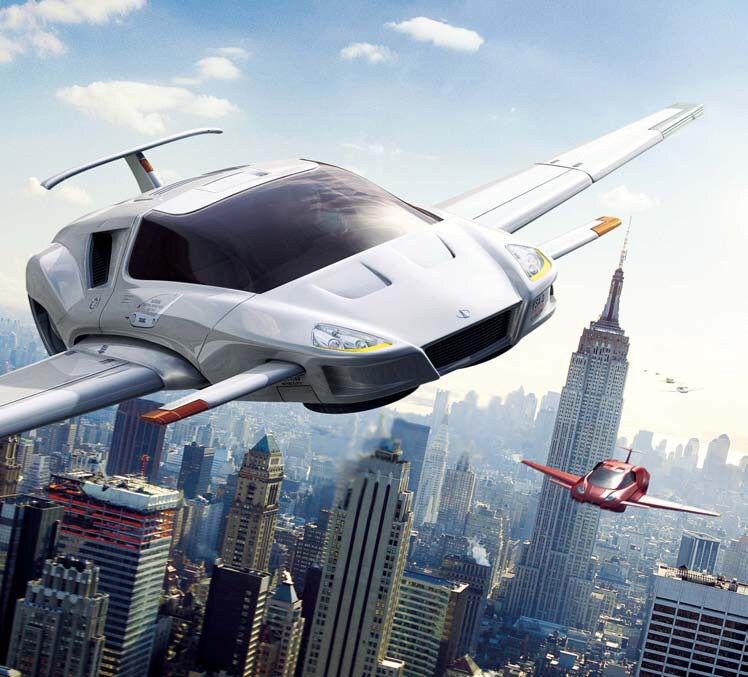
The Future Vision: A Multi-Modal Aerial Ecosystem
The realization of flying cars as a ubiquitous reality is not a single event but a gradual, phased development. The future will likely see a multi-modal aerial ecosystem, rather than just individual “flying cars” filling the skies.
A. Phased Rollout: i. Initial Premium Services: Early services will likely target niche markets such as business travelers, luxury tourism, medical transport, and specific cargo delivery routes. These will likely be piloted and operate in highly regulated corridors. ii. Autonomous Shuttles: As technology matures and regulations adapt, autonomous eVTOL shuttles operating on fixed routes with higher passenger capacities will emerge, offering a more accessible form of aerial public transport. iii. Personal Air Vehicles: The truly “personal flying car” for individual ownership remains a much longer-term vision, requiring significant breakthroughs in autonomy, cost reduction, and regulatory frameworks for individual operation.
B. Integration with Smart City Infrastructure: Flying cars will be part of a larger smart city infrastructure. This includes interconnected air traffic management systems, smart vertiports integrated with public transport and ride-sharing networks, and real-time data exchange for optimal routing and efficiency.
C. Advancements in Related Technologies: Continued innovation in battery technology (e.g., solid-state batteries, hydrogen fuel cells), AI for increasingly sophisticated autonomous flight, and even quantum computing for rapid optimization will be crucial accelerators for UAM development.
D. Global Race for UAM Leadership: Nations and cities are actively competing to become leaders in UAM development and deployment, recognizing the significant economic and societal benefits. This competition will drive innovation and accelerate progress.
E. Public Education and Engagement: Proactive and transparent communication with the public will be essential to address concerns about noise, safety, privacy, and equity, fostering acceptance and enthusiasm for this new mode of transport.
While the “flying car” of cartoon fame may not precisely materialize, the spirit of personal, on-demand aerial mobility is very much alive in the form of eVTOLs and the emerging Urban Air Mobility ecosystem. The vision of escaping traffic jams and soaring above cities is closer than ever, transitioning from a sci-fi dream into a meticulously engineered reality. The next few decades will witness an unprecedented transformation in urban landscapes, as the third dimension opens up for daily travel, fundamentally redefining transportation in our interconnected world.


